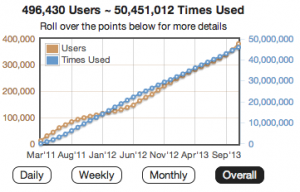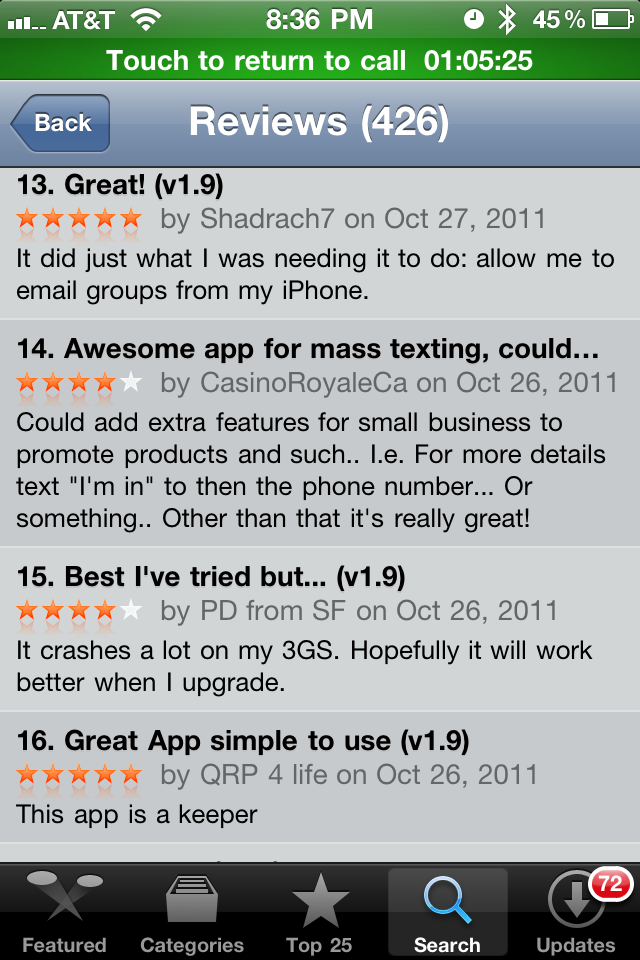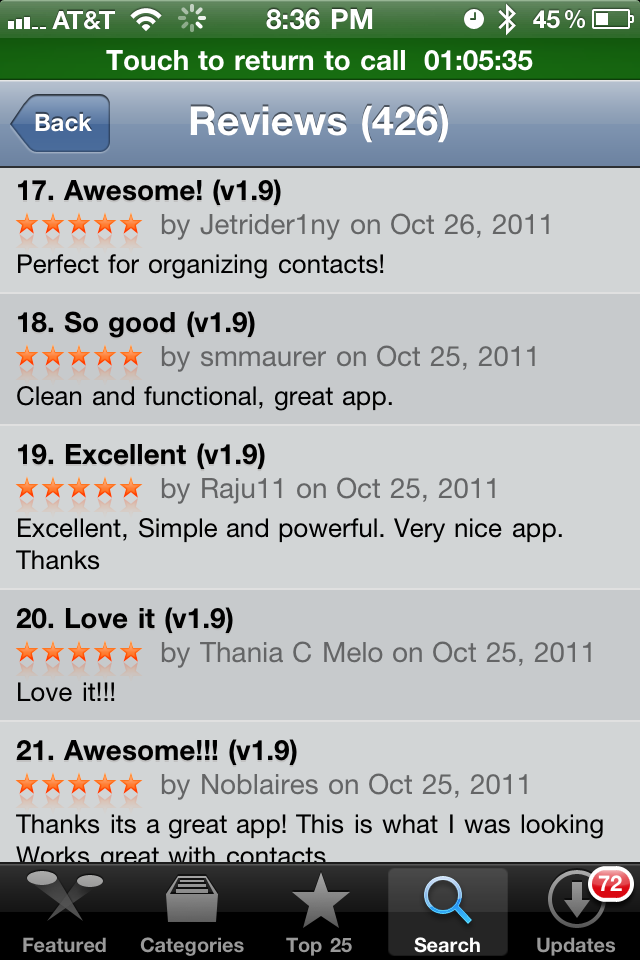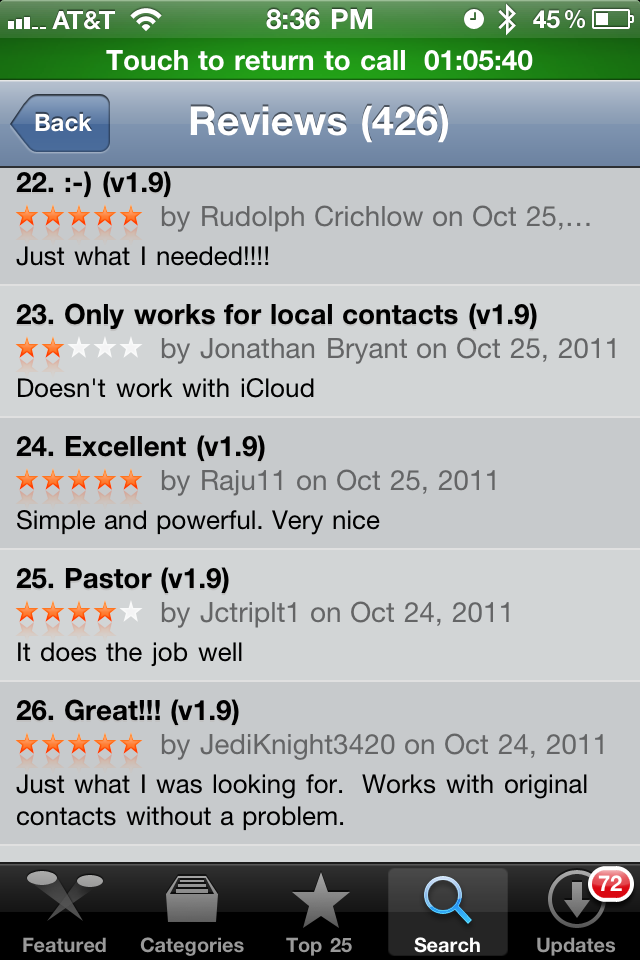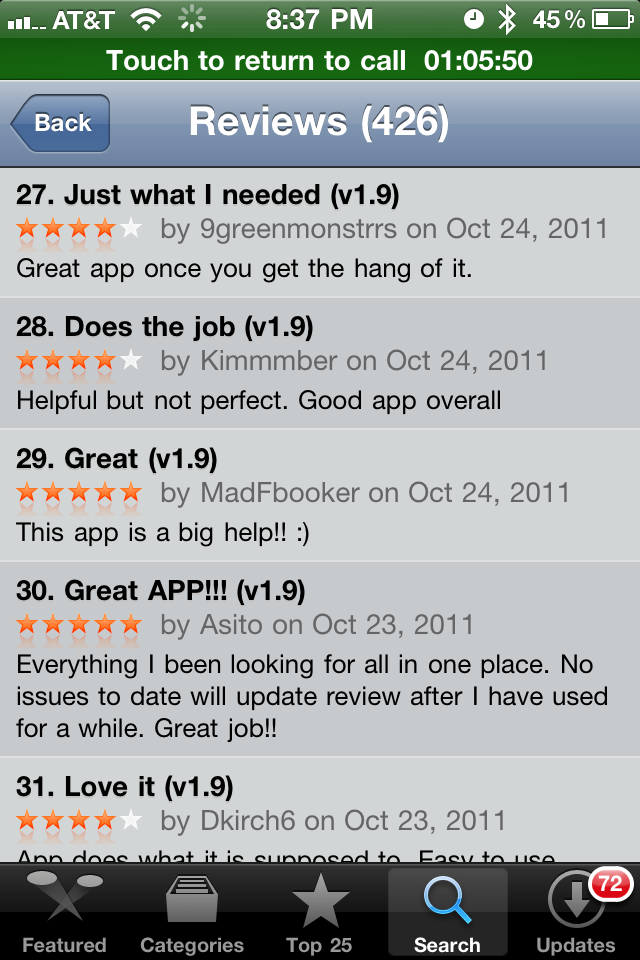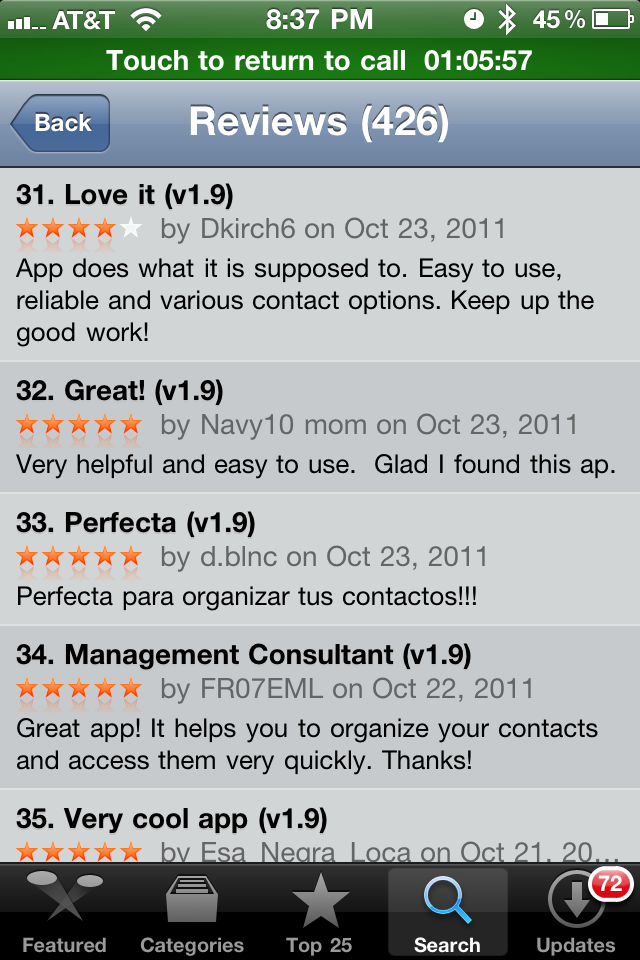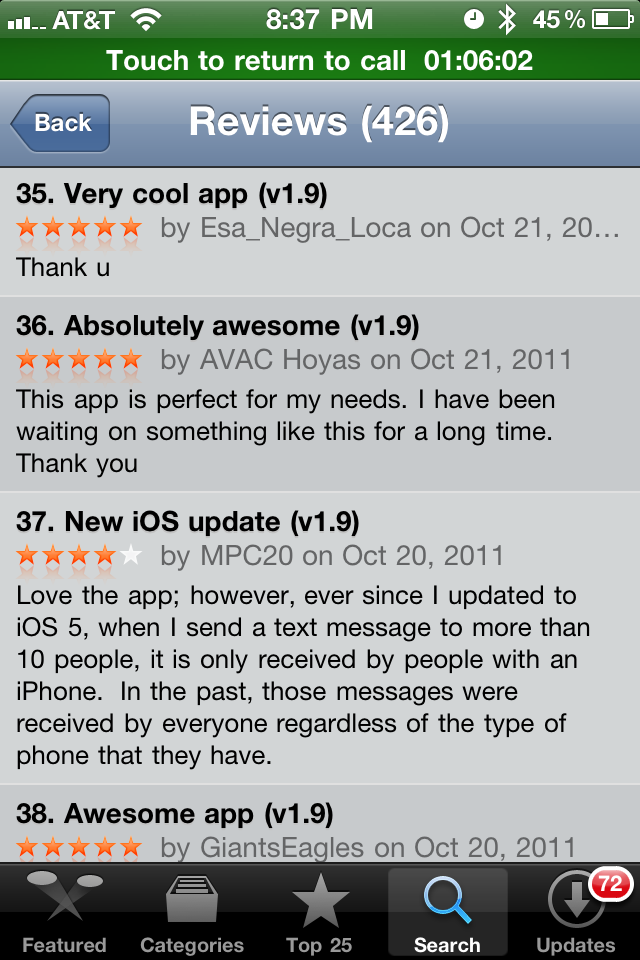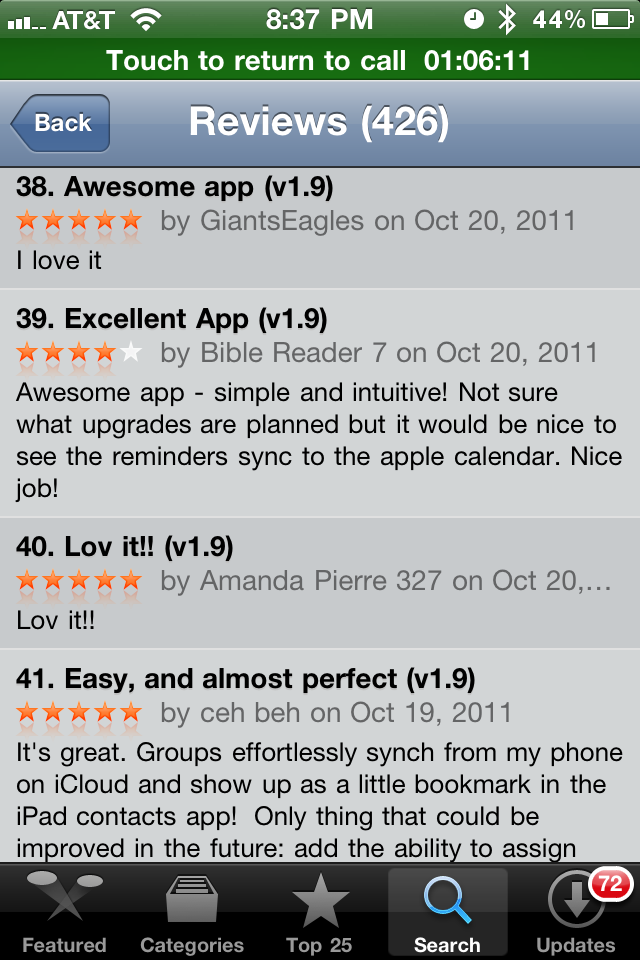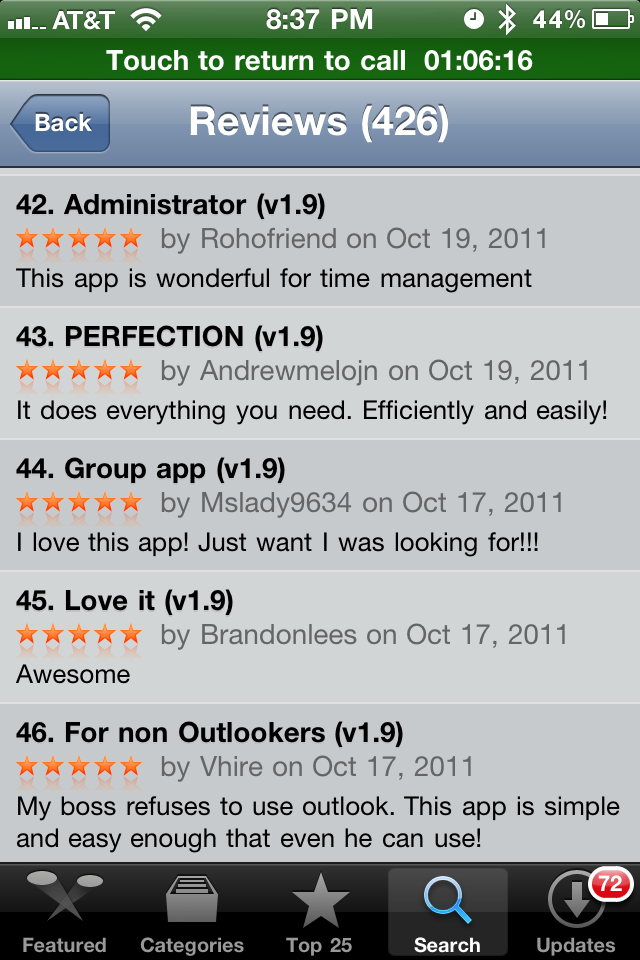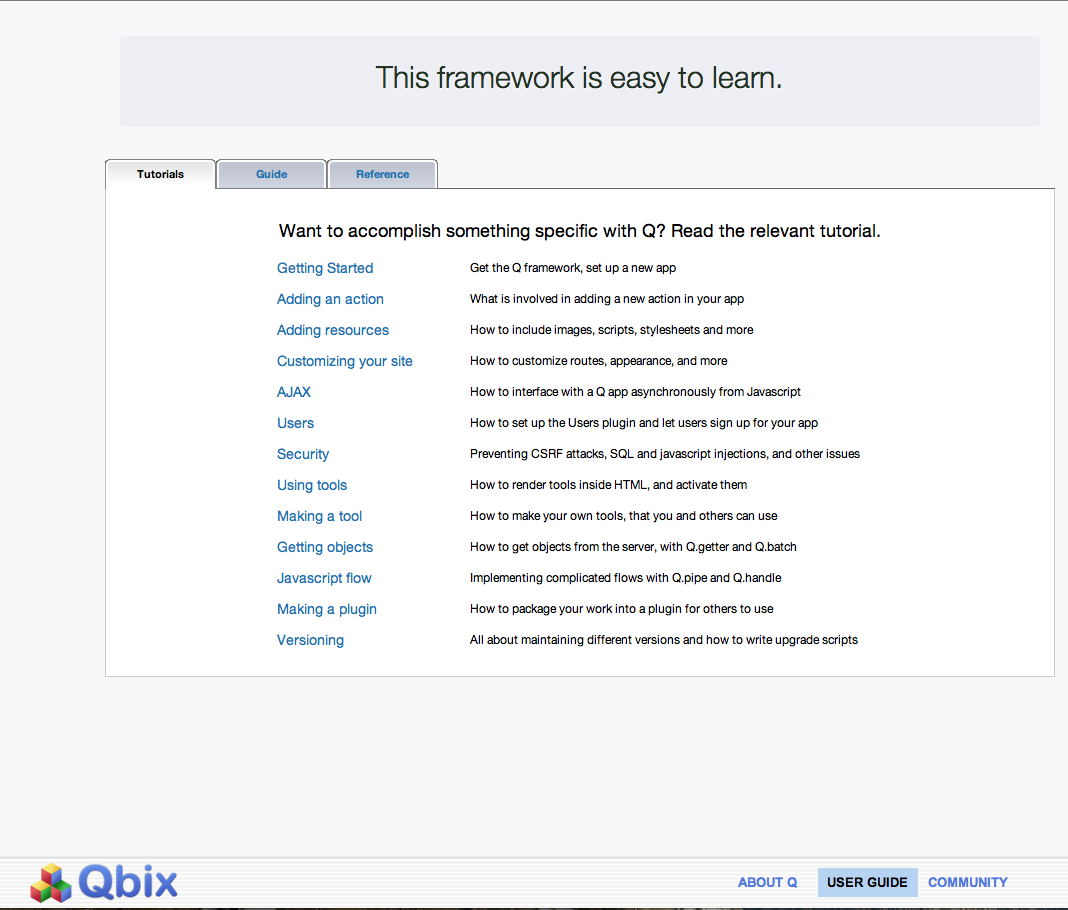A major part of our mission as a company is to empower people. So naturally, at Qbix, we give a lot of thought to the best ways of doing that. This post describes a compensation model that we have designed, which clearly rewards people for their contributions, and actually drives everyone to compete in how much they can contribute to a product’s bottom line.
We call it the Qbix Compensation Model. Feel free to use it at your own company, and share it with others.
What Usually Happens
Say you’ve got an app or website that’s generating some revenues, and you’d like to grow them. As the owner and biggest stakeholder, you have to
- keep obsessing and coming up with a list of ideas to try
- raise a budget to pay your employees (developers, designers) to build it
- set up a system to measure the impact of these new features
- launch the features and A/B test their impact
- finally, pay everyone on time and hope the features justified the expense
When you have a project, especially an open source project, major contributions can come from anywhere. Wouldn’t it be nice if people with the right skills could come and help you grow your revenues? Wouldn’t it be great if they’d be excited to keep doing it? They just might, if you could compensate them for it. Behold:
Qbix Compensation Model
So you’ve got a product that’s already generating $X / week in profit after expenses. It’s pretty good, but you’ve got a lot of room for improvement. A developer comes along and offers to build a feature that could potentially double or triple your revenue. Maybe they can improve your user engagement, retention, or viral coefficient. Maybe they can design some cute digital goods or useful features that can be purchased in the app. If your project is open source and you actually publish your metrics online, the right person might just come along to help you improve them.
The key idea behind the QCM is that your product’s revenue is the bottom line that you obtain from multiplying all the little factors that go into it. Double day-7 user retention from 20% to 40%, for instance, and you may just triple your revenue. Introduce a popular in-app purchas, and suddenly your revenue may jump by a factor of 10. Each little contribution grows the pie.
So when that developer comes along with an idea and pitches it to you, you can make them a good offer: set them up with a copy of your source code (protect yourself with NDAs, provisional patents and whatnot) and let them do all the work of building, testing, and contributing this new feature. Then you carve out a random sample of your audience to beta test how this change will affect your metrics.
Once the new feature launches, find the average revenue per user for the two weeks before the launch. (Here at Qbix, we prefer to calculate as much as we can on a weekly basis, because months vary in size.) Then for weeks 3 and 4 after the launch, calculate the average revenue for the users who experienced the new feature. Did it increase?
Extrapolating to your total number of users, you can now predict that you will make $Y if you rolled out this feature to everyone. After all, if your sample was large enough and truly representative of the overall user base, the changes you see should hold across the board. Feel free to gradually increase the number and measure the above again.
The Formula
So say your project was bringing $X / week in revenue before you accepted the contribution, and now thanks to this change it’s generating $Y / week. The number C = $Y / $X is the factor by which your revenues grew. It is what determines the value of the contribution to your project going forward. This improvement will probably compound with other improvements people make down the line, so it will constantly be contributing to your bottom line (until, that is, something eventually comes along to disrupt your business model).
So now, how much should you compensate the contributor? Well, pick the maximum amount you’d like to dilute your app’s revenue, for example 10%. You would offer the following to the contributor:
$Z = ( $X ) ( 10% ) ( C – 1 )
Real Examples
Suppose you were making $1000 a week from your project. You accept a contribution, beta test it, etc. and now, four weeks later you’re making…
- $2000 a week. So the contributor gets $100 / week
- $3000 a week. So the contributor gets $200 / week
- …
- $100,000 a week. So the contributor gets $9,900 / week.
As you can see, the more you make, the closer the contributor’s revenue gets to 10% of yours.
Ownership and Risks
Some investors, upon seeing this model, might be a little bit uneasy. After all, did you just effectively “give away 10% of your company” to this contributor? No.
First of all, this kind of partnership should be done per project, not per company. If the feature is re-used in other projects, the same arrangement can apply.
Secondly, if other people contribute more features that increase the pie, then they get a part of the pie. If you (or your employees) wind up contributing more down the line, then you “claw back” your share of future revenues from 90% back to something closer to 100%. The cool thing is, all of you are always motivated to compete and see who can grow the pie more. As long as the pie grows (that’s what the beta testing is for!) no one’s revenues go down.
Finally, you can also limit the period that the contributor gets paid to, say, 5 years. It’s still a pretty attractive option for a developer. Imagine, as a developer or designer, coming across a SaaS company whose product you are very familiar with, that openly publishes its metrics. They honestly reveal that some metrics could use improvement, and you have a great idea for how to do it. You get in touch and – instead of hiring you to for some full-time position doing mostly drudge work inside the company – they agree to pay you for your contribution, if it works out. $1,000,000 / year x (C–1) for every factor C that you improve a certain KPI metric.
So you sign an NDA. Maybe they file a provisional patent on your idea, so your uncle doesn’t sell it to the next company. They set you up with a copy of their source code, and give you access to their testing environment. You build the feature, document your work, they run the tests and see you improved it by 10%. You make $100,000 / year passively. They’re happy, and you’re happy. You got a job done, got fairly compensated, and can go back to doing what you want in your life.
People live lives. Companies build products.
The above is our motto. We believe that products can grow better faster if contributions are allowed to come from anywhere. A person with a great idea or ability should be able to contribute to a project, get compensated in a clear way, and move on with their life.
It used to be that people worked at the same company for decades. Today, technology has come a long way and changed the face of labor. As companies develop more automation and more AI, such project-based work will increasingly become the way things get done. This is the future of work.
Starting a New Project?
Are you just starting out? Use this model to fairly compensate people for their contributions, instead of always thinking in terms of “bringing them on board” permanently. Get things done. Get the designs completed. Get the minimum viable product ready. Go raise venture capital to grow the business – or not. After all, when you can attract people from all over the world to contribute remotely to your project, you may not need all that much capital up front.
But wait, what is $X? It can’t be zero, because then you can’t divide by it. (The very first founder would then have brought “infinite” value to the company.)
Instead, just start a “product line” inside your company, and say that it’s making $1 / week. You can after all purchase your own crappy product, which does nothing. Now, pick your 10 cents per C–1 or whatever you want, and offer everyone compensation from the QCM calculations in exchange for contributing to your growing snowball. If you sit back and do nothing except attract people to your project, your company will still get 90% of the revenue from that product line. That revenue might be $1 million / week, and the contributors each did their part. They’re happy, and you’re happy. Things get done. And society moves forward.

 Get blog updates
Get blog updates


